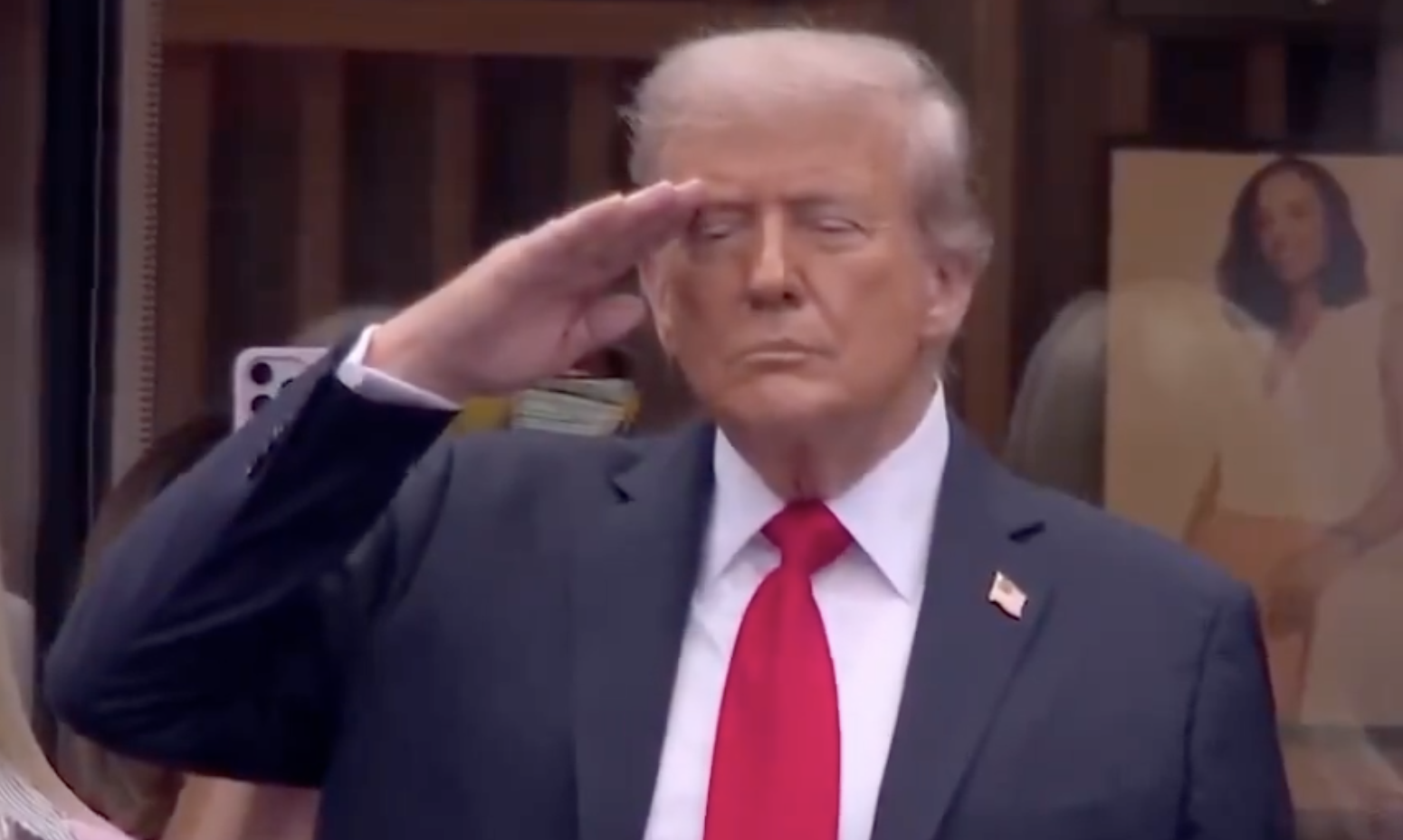If a sitting U.S. president dies in office, the transfer of power is immediate, automatic and grounded in constitutional text refined by two centuries of precedent. The Twenty-Fifth Amendment, ratified in 1967, states plainly in Section 1: “In case of the removal of the President from office or of his death or resignation, the Vice President shall become President.” That language leaves no gap or interim status: the vice president does not serve merely as “acting” president in the event of a death; they become president for the balance of the term. The amendment built on an 1841 precedent set by Vice President John Tyler—who asserted full presidential authority after William Henry Harrison’s death—and converted that practice into black-letter constitutional law.
Although the transfer is instantaneous at the moment of death, the new president traditionally takes the Article II oath before “enter[ing] on the Execution” of the office. The Constitution prescribes the exact oath but does not require a particular official to administer it; in practice it has been delivered by a range of judges in whatever location circumstances demand. After Franklin D. Roosevelt’s death on April 12, 1945, Harry S. Truman took the oath from Chief Justice Harlan F. Stone in the White House Cabinet Room just hours later. After John F. Kennedy was assassinated on November 22, 1963, Lyndon B. Johnson was sworn in aboard Air Force One in Dallas by U.S. District Judge Sarah T. Hughes. Those scenes—one in Washington, one on an aircraft—underscore the guiding principle: continuity first, ceremony second.
With the presidency filled, attention turns immediately to the vice-presidential vacancy that results when the vice president ascends. Section 2 of the Twenty-Fifth Amendment requires the new president to nominate a vice president, who “shall take office upon confirmation by a majority vote of both Houses of Congress.” That process has modern precedents. In 1973, after Vice President Spiro Agnew resigned, President Richard Nixon used Section 2 to nominate Gerald Ford, who was confirmed by the Senate and House and sworn in as vice president. When Nixon himself resigned in 1974 and Ford became president under Section 1, Ford nominated former New York governor Nelson Rockefeller as vice president; Rockefeller was confirmed the same year. These examples show how the amendment fills the vacuum quickly with congressional participation to renew a full, two-person executive.
If a president dies at a time when the vice presidency is already vacant, or if both the president and vice president die or are otherwise unable to serve, statutory succession governs. Congress exercises its power under Article II’s Succession Clause to set the line. Under the Presidential Succession Act, as codified at 3 U.S.C. § 19, the next in line is the Speaker of the House, followed by the president pro tempore of the Senate, and then Cabinet secretaries in the order of their departments’ creation, beginning with the secretary of state. To assume the acting presidency, a congressional officer must resign their seat and leadership post; the statute requires the Speaker or president pro tempore to step down before taking the oath, ensuring no person simultaneously holds legislative office and exercises executive power. Cabinet secretaries must likewise resign their department positions before acting as president.
